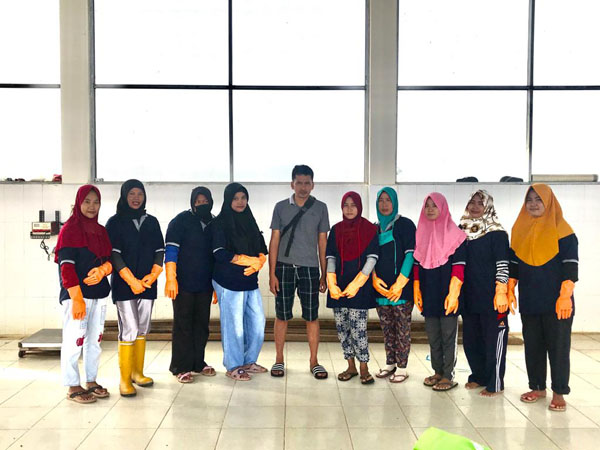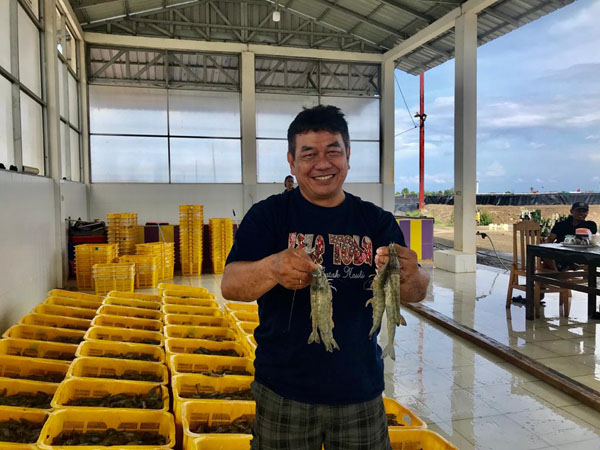Indonesian shrimp production to achieve target by working groups establishment
reported by: Setiawan Liu

Much data related with shrimp farming business is likely to become real in the field. It is said that the more production of vannamei shrimp, the market will likely suffer from oversupply. but it takes several years, the market situation will lead the people to consume shrimp. “The shrimp market is likely to suffer from oversupply. But after two years, starting from now, there would be a growing demand of market. Vannamei is an export commodity. But for domestic market, the label of healthy shrimp should be declared. “Besides that, the best catch delivered right to consumers; to be prioritized. The efforts made for global shrimp consumption will be fruitful,” said Deny.
Meanwhile, Indonesian shrimp producer Rudy Hartanto Wibowo said that his company prioritized to build wastewater treatment plant by investing large sums of money. Wastes produced from the ponds are white feces and uneaten feed, and has created problems of many viruses and pollutants. It will drive the aquaculture into harm. Waterwater treatment plant is a facility in which a combination of various processes (e.g., physical, chemical and biological) are used to treat industrial wastewater and remove pollutants. Wastewater treatment plants produce wastes that contain many potential contaminants. “We built the treatment plant in the farming with large sums of money. We have no choice since we have to maintain the purification, returning the water to the environment to achieve sustainable aquaculture of shrimp. We have to commit for sustainability,” said Rudy Hartanto.
















